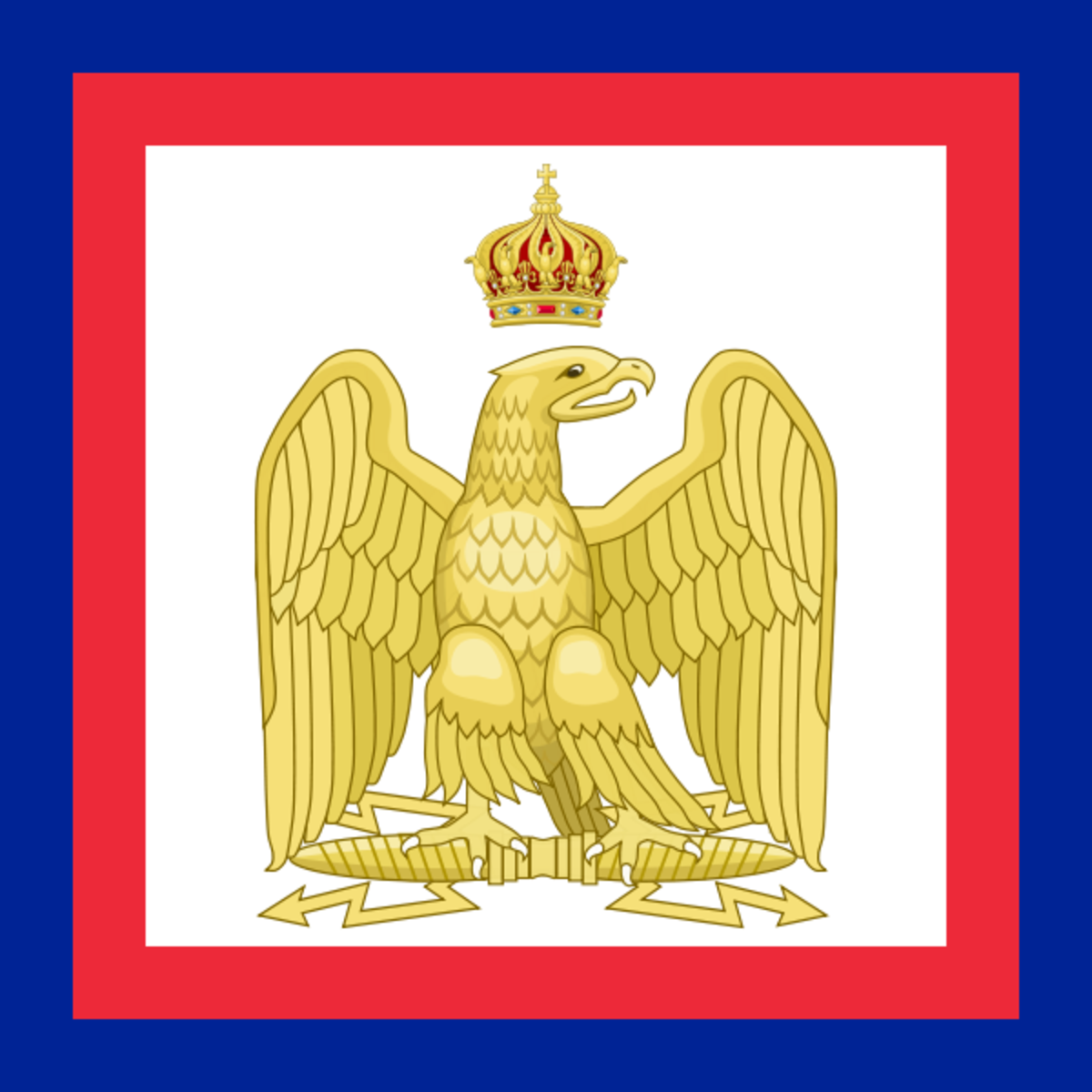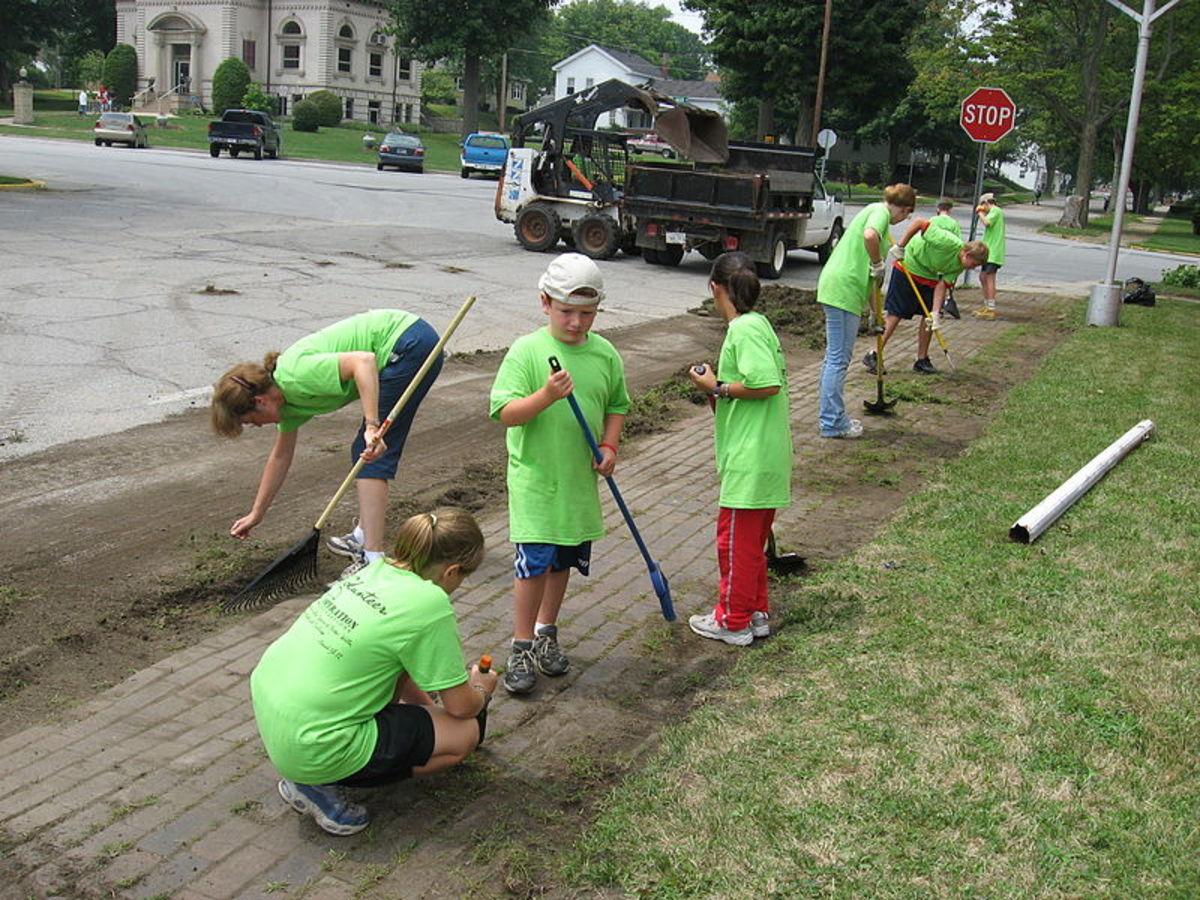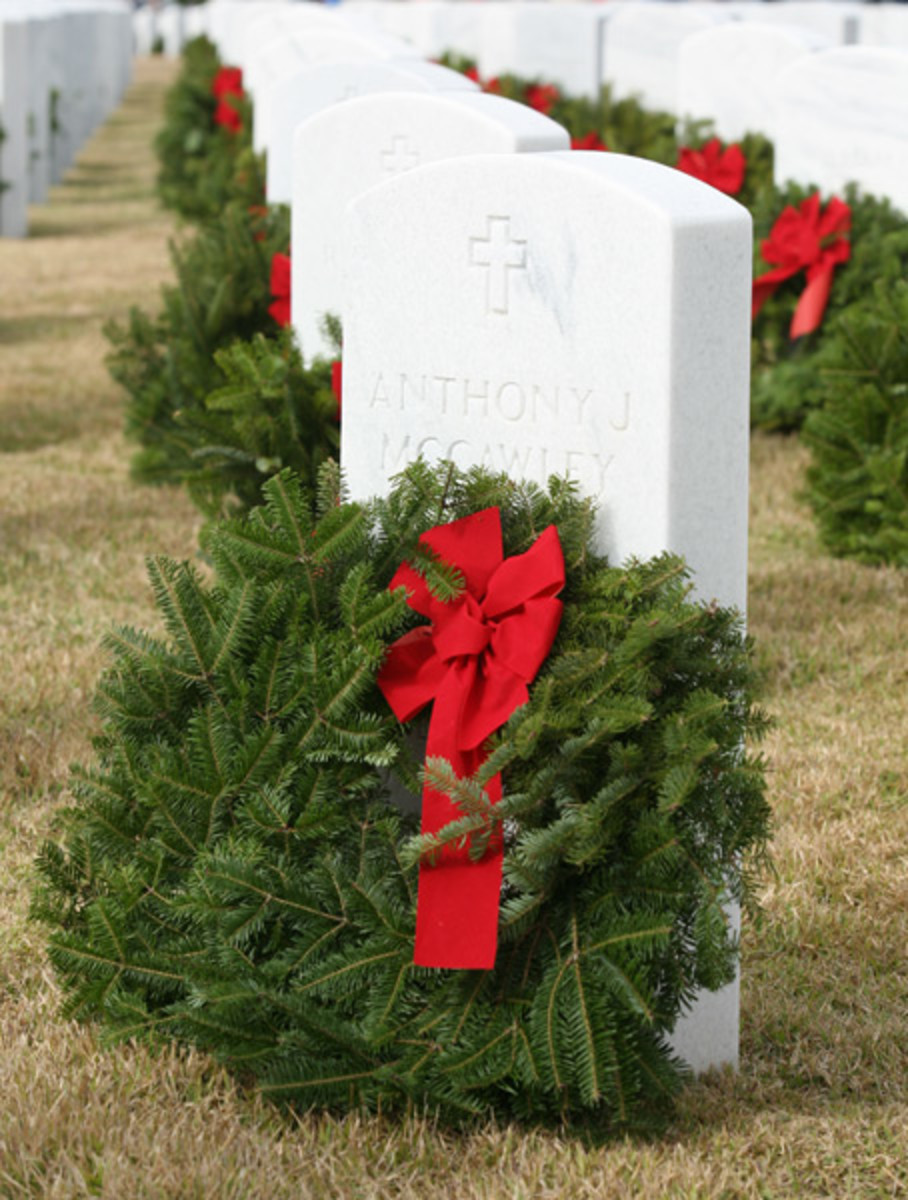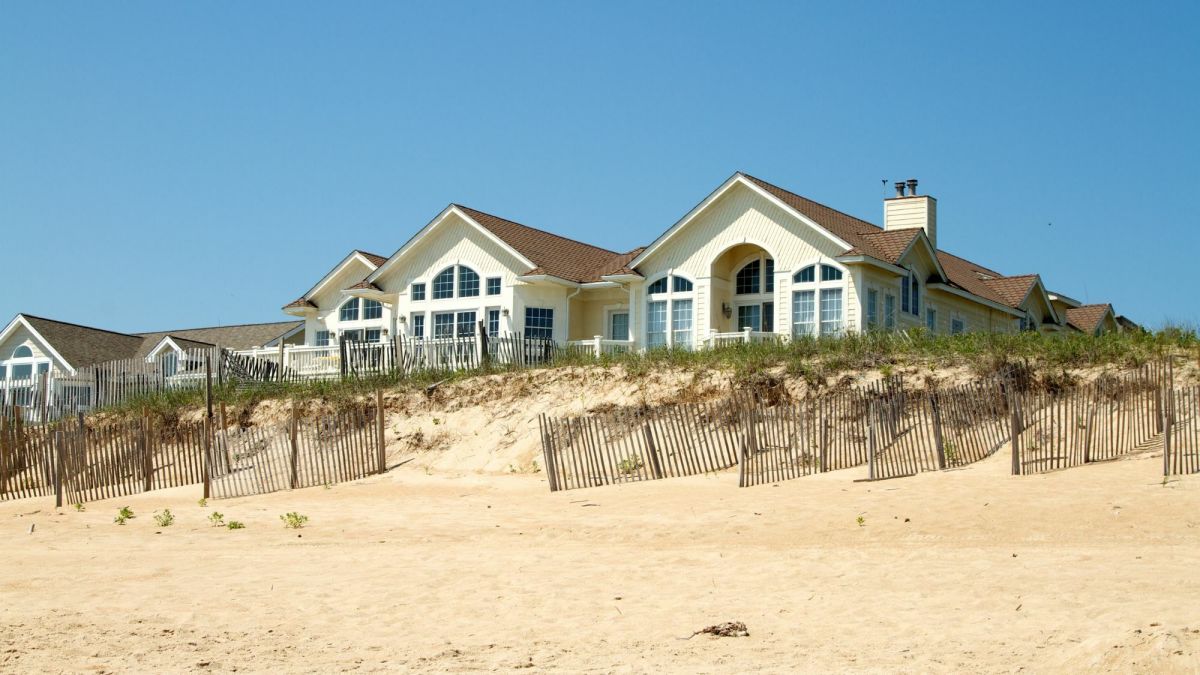Volunteering in Venezuela [Part 4] - The Invasion at Santa Elena
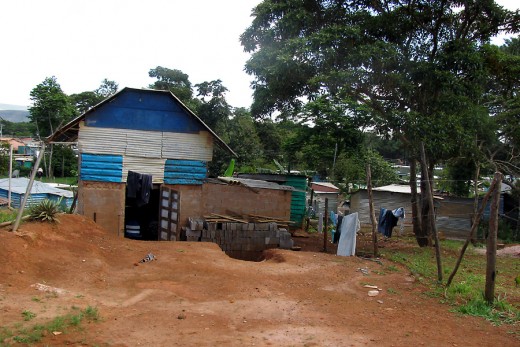
The Invasion
No, this isn’t as ominous as it sounds. The Invasion is a shanty type town that we walked through to get into Santa Elena. The reason it’s called The Invasion is due to a law that the Venezuelan President Chavez introduced. It states that if a plot of land lies unused for more than three years then it loses its ownership and anyone can live on it. When the three years was up on this particular piece of land all these people rushed in and built their houses … like an invasion of people. I call them houses, but I’m really using that word quite loosely. As you can see from the photos, they were just breeze block with corrugated iron roofs that must have got so hot in the summer. We were walking through the Invasion one day, it had just stopped raining, and everywhere was muddy and full of puddles. We we’re trying to pick our way through the puddles, when I decided I was getting muddy anyway and the best thing to do was just to walk straight through the puddle. At which point my flip flop broke. I had to pick it up and fix it whilst still walking through the mud. I ended up with a really muddy hand (which I may have wiped down the back of my friend's white shirt) and a ridiculously muddy foot!


Volunteering with The Invasion Kids
But the Invasion itself isn’t really what I wanted to talk about. What is more important is the kids that lived there. I said I volunteered with under-privileged children, and I did. It’s just taken me four hubs to set the scene! Four days a week some of the children that lived in The Invasion would come up to the Aldeas de Paz Foundation where we would teach them to read, or teach them English, let them play football, swim in the pool and we also had horses they would sometimes ride. Since I couldn’t speak much Spanish, I couldn’t really teach, so I used to take that opportunity to sit with the kids and learn Spanish as they learnt English. One day I was allowed to give some of the kids a maths lesson, which I absolutely loved. Since numbers were something I actually knew in Spanish this was easier for me. To be honest, most of the kids just don’t get it. They just can’t remember things (I’ll come onto this later). But one of the girls I was teaching actually knew how to add and subtract double digits, not the right way … but she could do it none the less. Say she wanted to do 21 + 35, she would draw out 25 dots then 35 dots and then count how many she had altogether. I showed her the proper way to add up that didn’t involve counting 56 dots and I could almost see the lightbulb go off in her head. I know she’d just forget it all by the next time, but it was still like a little victory to me!
Their Lives
When we first arrived with Aldeas de Paz we were told that the kids were really rowdy and badly behaved, that they didn’t listen to authority etc etc, so I was worried that I would be completely unable to handle them at all. But this was so far from the case. They were just looking to have some fun and they didn’t really have a problem with authority at all, no moreso than any other children in any country. I actually ended up getting quite angry at some of the other volunteers. We were told at the beginning that we weren’t allowed alcohol at the foundation, and that we weren’t allowed to be hungover when we worked with the kids. We were told that at home their fathers would take all their income (which probably wasn’t much) and would get drunk, beating up the mothers and kids. They even said that sometimes the women got knocked around while they were pregnant and that’s why a lot of the kids had trouble remembering things. Understandably this made me really upset, but what made me angry was when some of the other volunteers were so strict with them. Trying to force them to learn and setting all these restrictions about how much they were allowed to eat or drink when they were with us. I mean, I understand that we can’t just give them all our food, that would make no business sense, but we could give them 2 or 3 mouthfuls of fruit rather than just the one.
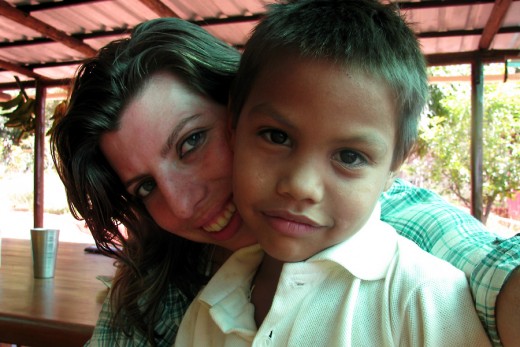
The biggest problem I had was to do with my favourite of the kids. He was tiny and by far the youngest. He was too young to sit and have lessons with the others so I used to keep him occupied so that he didn’t distract the others. He’d would run up to me and throw his arms around me and generally clamber all over me. It made me so upset to think that he could have been one of the kids that got abused by his parents, but I never saw any bruises on him, which appeased me somewhat. The problem I had, the time I got really angry, was when he came out of the swimming pool one day and he stood there really shivering. As a rule we didn’t give the kids towels to dry themselves because it was warm, in the same way it was with the food, we couldn’t give them all our things. But this kid was violently shivering and looked really sad, so I asked if he could be given a towel. The response I got was that he didn’t look THAT unhappy and that he needed to learn not to need a towel. As you can imagine I was not impressed by this!
I feel bad that I’m turning this into something negative when on the whole it was a really great experience that I loved. It was just this one little thing really got me going, and I can’t think about those kids without thinking about the kind of bizarre manner we were expected to treat them in.
Other hubs in my Volunteering in Venezuela series
- Volunteering in Venezuela [Part 1] - The Long Journey
I spent August in a small town in Venezuela called Santa Elena, volunteering with under-privileged children. This is about my epic journey from England to Santa Elena! - Volunteering in Venezuela [Part 2] - Aldeas de Paz
When I went to Venezuela to volunteer with under-privileged children, I was working for an organisation called Aldeas de Paz. This is all about the place I was staying! - Volunteering in Venezuela [Part 3] - Santa Elena
This is the third in my series of hubs about when I was volunteering in Venezuela. This hub is concentrating on the town of Santa Elena, where we were staying, and the different things we did there. - Volunteering in Venezuela [Part 5] - Manak-Kru
This is the final part of my Venezuela series. We volunteered with children in an indigenous village nearby called Manak-Kru, using a mobile school.

